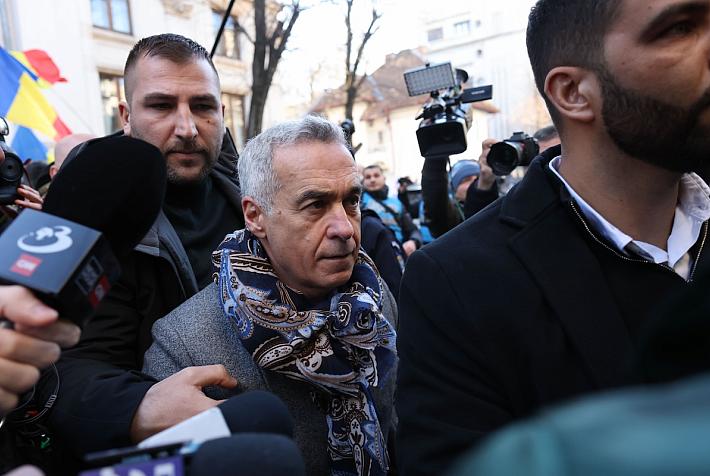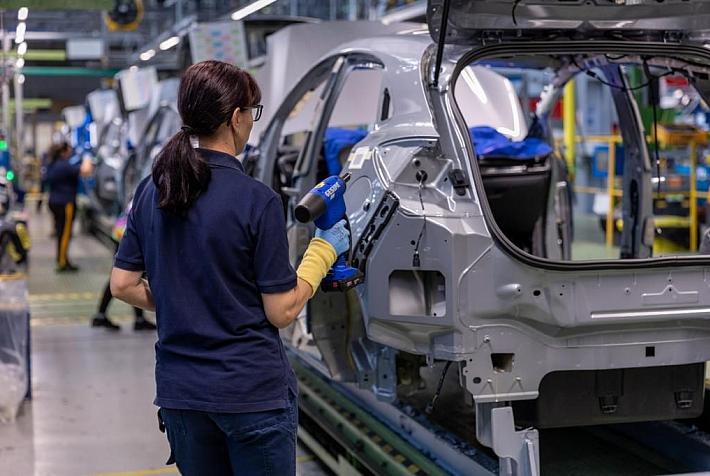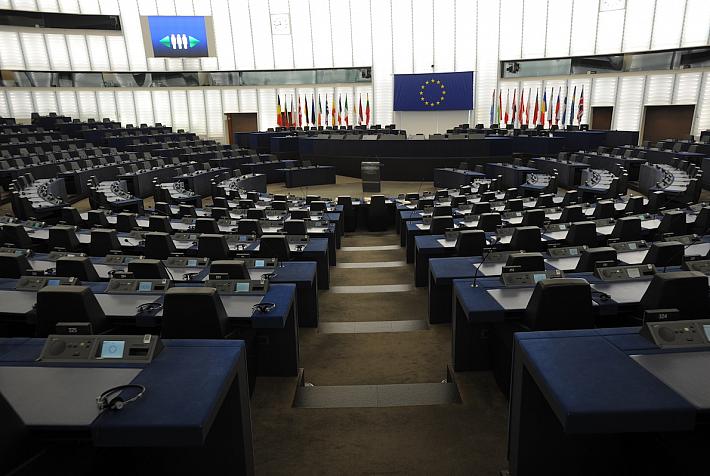Romania had 25 Health, Transport ministers in 27 years

The turnover rate of ministers in the Romanian government in the past 27 years is one of the highest among European countries, according to an analysis released by the National School for Political and Administrative Studies (SNSPA) in Bucharest.
The country’s high ministerial instability degree is followed at a wide distance by that in Poland and Italy, according to the analysis that looked at government stability in nine EU countries.
The surveyed countries were Romania, Germany, U.K., France, Italy, Spain, Bulgaria, Poland and Hungary. The analysis used publicly available data about central and federal governments and six ministries covering the areas of Education, Health, Defense, Foreign Affairs, Domestic Affairs and Transport. It aimed to check the level of uncertainty and of ministerial instability as measurable through the number of people that held the prime minister and minister offices.
The “mandate expectancy” of a minister in Romania is on average of approximately one year, the shortest ministerial term compared to all of the other countries surveyed. By contrast, in Germany ministers hold their job for approximately three years.
Only three of the 14 prime ministers Romania had since 1990 took their mandate to term, the analysis found.
At the same time, Romania had approximately 150 ministers in the six analyzed ministries, in 27 years, three times more than Germany.
The Health and the Transport ministries had the highest turnover rate, with 25 holders of these posts in 27 years. The Education and the Domestic Affairs ministries follow, each with 24 ministers over the same period.
By comparison, the Defense and the Foreign Affairs ministries show more stability at present, compared to the 1990s.
The analysis showed that government instability has increased in the country from 2010 onward, compared to the decade of the 1990s or the 2000s, without a connection with the number of governments.
The Education ministry showed a significant increase in instability at the top management level compared to the previous 1990 to 1999 and 2000 to 2009 decades.
Among the analyzed countries, Germany showed the highest ministerial stability, alongside the UK and France. Although it had a higher number of prime ministers, the changers at the level of the government members were not that many, creating more stability.
The analysis is available in Romanian here.
editor@romania-insider.com












